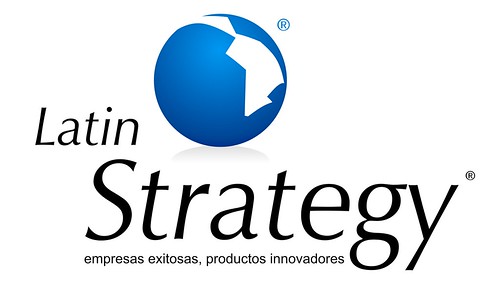La entrada es de Scott Anthony en el Innoblog
1. Una tasa alta de fracasos pone a la organización en contra de los esfuerzos innovadores
2. Esto es así pues cada fracaso cuesta tiempo y dinero, y muchos fracasos costarán mucho tiempo y mucho dinero (la organización toda estará en riesgo)
3. Por tanto lo que se debe es evitar los fracasos, ¿correcto?, aumentar la tasa de éxitos, ¿correcto?
La respuesta del CEO de Innosight es si y no; pues también cabe responder que lo que debemos lograr es bajar dramáticamente el costo de cada fracaso; "si y no" (atrás) significaría así que sí es deseable por supuesto aumentar la tasa de éxitos pero resulta que para lograr éso es inevitable en alguna medida también tener fracasos; de no aceptarse ésto se corre el riesgo de que la organización se acomode en el camino del éxito innovador de escaso riesgo, por ejemplo el de productos sucesiva y paulatinamente mejorados, pero nunca disruptivos; dejando el camino libre (y el futuro crecimiento importante) a los retadores disruptores que nada tienen que perder
Scott Anthony resume así su prescripción:
"The real answer is to dramatically decrease the cost of failure. A leadership team seeking to achieve this aim has three levers at its disposal:
1. Lower the costs of experiments. Running experiments need not be expensive. There are tons of low cost ways to test critical assumptions (chapter 5 of The Innovator's Guide to Growth describes about 30 such approaches).
2. Change the order of experiments. Many companies spend a lot of money answering the wrong questions. They'll seek to perfect a technology without understanding whether there's a market need. Assess strategic risks first, because they are often what sink an idea.
3. Increase the pace of decision making. Entrepreneurs with clearly bad ideas typically don't have the luxury of spending money on those ideas for too long. Companies, however, can let bad ideas linger for inordinate amounts of time because of slow decision-making processes. Shutting down flawed projects early avoids needless spending — and focuses resources on the best ideas.
Pulling these levers requires embracing the notion of "good enough." Experiments are often expensive because companies seek perfection in their own eyes before they run any sort of test. Remember, the less you've spent, the more freedom you have to change your approach..."
Suscribirse a:
Enviar comentarios (Atom)

No hay comentarios:
Publicar un comentario